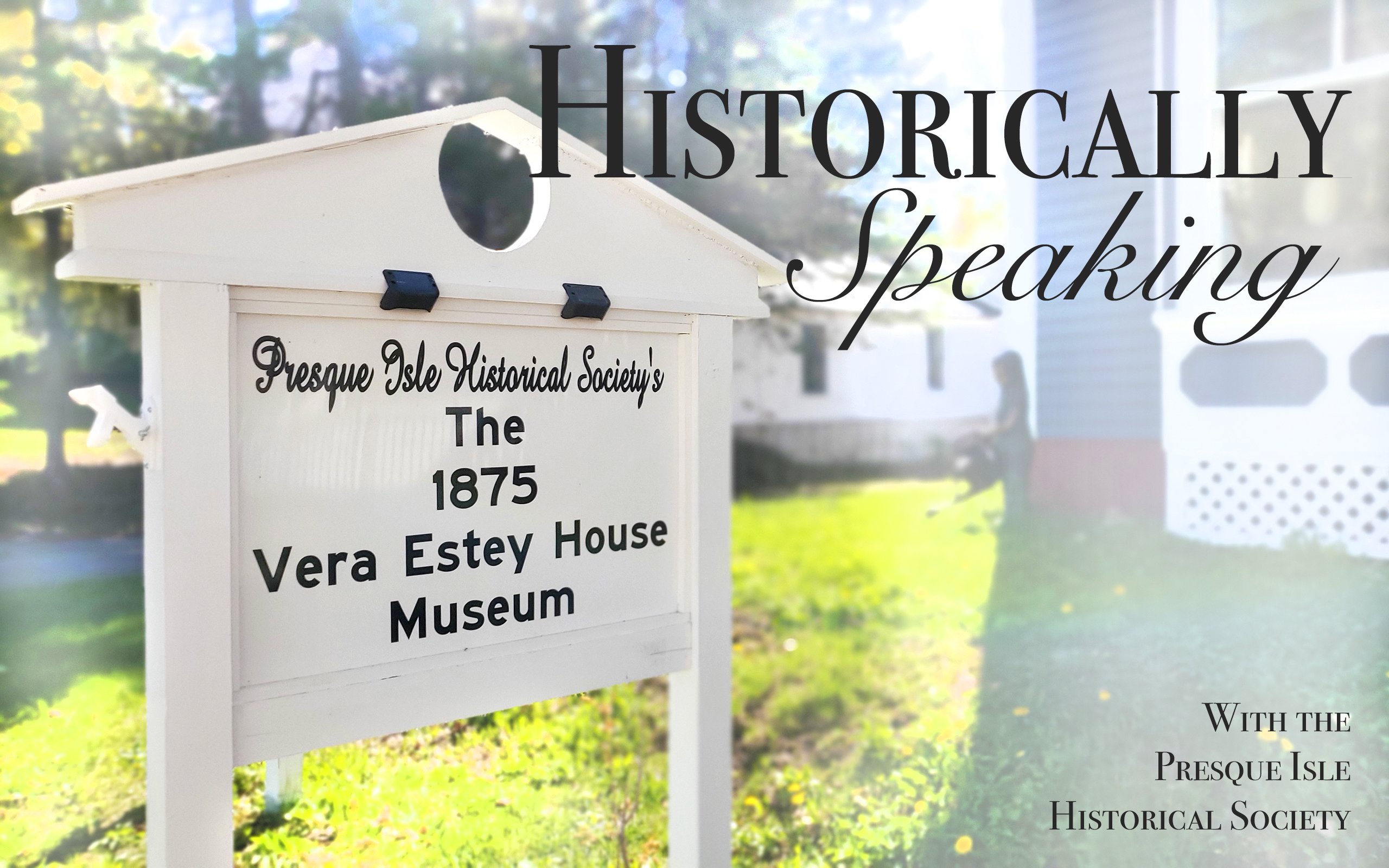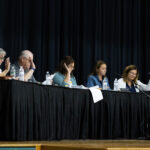Summer in Maine often means beautiful and colorful gardens full of flowers. Flowers, herbs and plants have been admired and used by man for centuries. They have beauty, they have fragrance, they can be used for food, and they can be used for healing. Who knew they could also be used for communication?
The Victorian era was named after England’s Queen Victoria and generally refers to her period of reign, which spanned from June 1837 to January 1901. During this era, flowers were often used to convey specific messages. Dictionaries were even written to explain the “language of flowers” and their meanings.
One interesting book on the subject is “A Victorian Flower Dictionary: The Language of Flowers Companion” by Mandy Kirkby, published in 2011.
The language of flowers, sometimes called floriography, was a Victorian-era means of communication in which various flowers and floral arrangements were used to send coded messages, allowing individuals to express feelings which otherwise could not be spoken. The communication between Victorian lovers was not exclusively through flowers, but flowers appeared to have a great influence on the Victorians.
A well-educated Victorian lady not only knew the meaning of the flowers, but she knew the art of arranging them, too. Bouquets became an art form. The bouquets were given wrapped in lace doilies tied with satin ribbons, in glass vases, or in special lapel pins or hand-held vases for ladies called “tussie mussies.” A tussie mussie was a small lapel pin vase or small hand-held vase.
Like today, flowers were found everywhere — worn in hair, featured on clothing, china and jewelry. However, during the Victorian era, even men commonly were adorned with flowers.
In the early Victorian era, the bridegroom wore a flower favor in his lapel. By 1865, men’s coats were tailored with a special “flower-hole” for this purpose. Today, many men’s suit coats still have this special button hole for flowers and a boutonniere is a common practice for men in a wedding.
A single flower may have had one meaning, while a combination of different kinds could convey an entirely different complicated message. Some single flower meanings included: begonia (beware), cactus (my heart burns with love), pink carnation (I’ll never forget you), yellow carnation (disappointment), red rose (love), white rose (I am worthy of you), daisy (I’ll never tell), and hydrangea (thank you for understanding).
Of course, even today we know the meaning of standing under a Mistletoe sprig.
Putting numerous flowers together in a bouquet was like having an entire silent conversation. For instance, to congratulate someone on a new job, a bouquet could include: daffodil (new beginning), polyanthus (confidence), laurel (glory and success), Bells of Ireland (good luck), hollyhock (ambition) and allium (prosperity).
To apologize, the bouquet might contain: purple hyacinth (please forgive me), Helenium (tears), hazel (reconciliation) and olive (peace).
A soldier going off on deployment might send the following: forget-me-not, verbena (pray for me), white clover (think of me), ivy (fidelity) and baby’s breath (everlasting love).
Kimberly R. Smith is the secretary/treasurer of the Presque Isle Historical Society.








